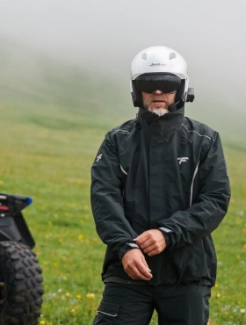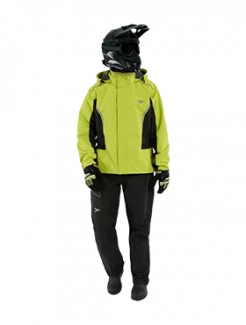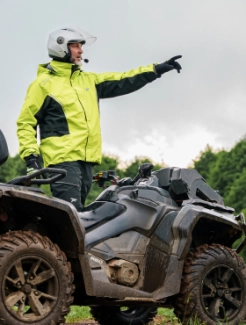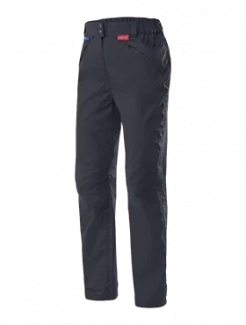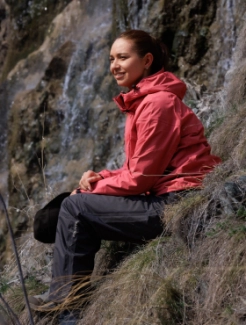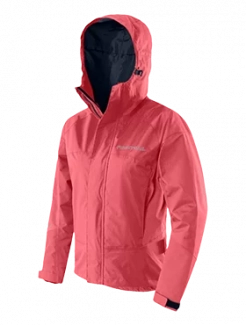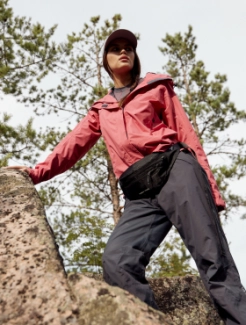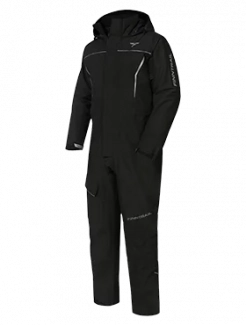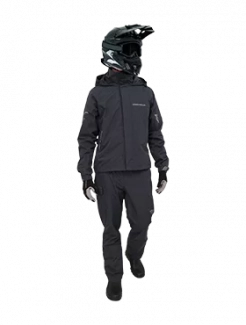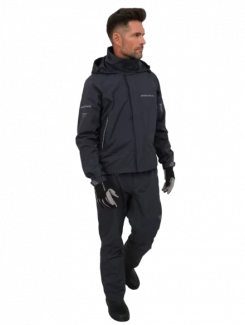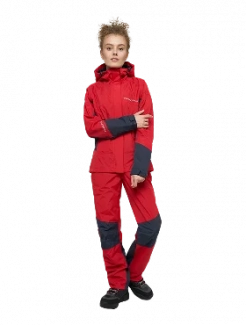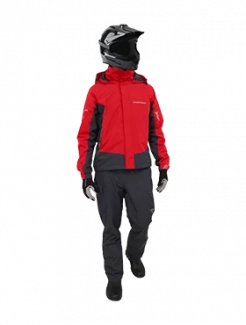How to Choose the Right Off-Road Suit for Every Season
Off-road riding isn’t just another outdoor activity—it’s a lifestyle that blends adrenaline, endurance, and the challenge of overcoming whatever nature throws at you. Mud, rain, heat, snow, rocks, or even sudden weather shifts, every rider knows the trail is unpredictable. That’s what makes it fun, but it’s also what makes preparation essential.
Your ATV, UTV, or dirt bike might be the star of the ride, but your gear is your survival kit. A reliable off-road suit is your second skin—protecting you from cold winds, scorching sun, sudden storms, and flying debris. Choosing the right one isn’t about fashion, it’s about making sure you can ride safely and comfortably in every season.
In this guide, we’ll break down everything you need to know: from how off-road suits differ by season, to the role of modern materials, to mistakes riders often make when buying gear. Whether you’re a casual weekend trail explorer or a competitive racer, you’ll walk away knowing exactly what kind of suit to look for.
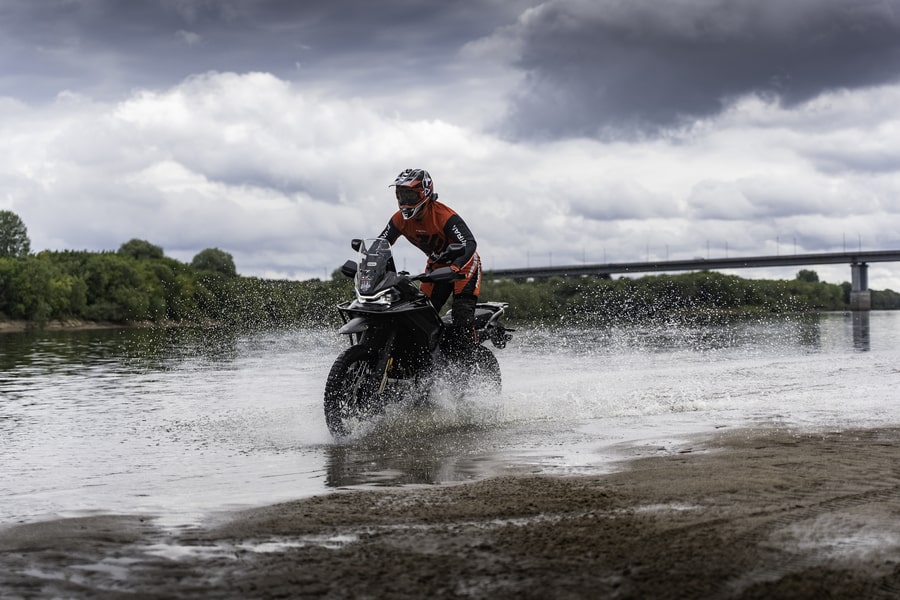
Why the Right Off-Road Suit Matters
Think of your off-road suit as more than just clothing—it’s a shield, a comfort system, and a performance enhancer. Trails don’t forgive mistakes. Low branches scratch, rocks hit hard, mud soaks through in minutes, and weather can turn from sunny to stormy in a single ride.
A simple hoodie and jeans may be fine for a short test run, but on a full-day trail or race, poor gear means blisters, chills, overheating, or worse. That’s why serious riders invest in off-road suits designed for the unique demands of off-roading.
-
They’re reinforced where normal clothes rip
-
They’re weatherproof without suffocating your skin.
-
They provide unrestricted movement.
In other words, they let you focus on your ride—not your discomfort.
Spring: Mastering Mud and Sudden Weather
Spring feels like freedom after months of cold, but it also brings constant surprises. Trails are soft, snowmelt fills creeks, and sudden rainstorms appear out of nowhere. If you’ve ever ridden in April, you know how quickly you can go from sweating in the sun to shivering in a cold downpour.
That’s why a spring-ready off-road suit should be lightweight yet waterproof. Breathable fabrics with membranes keep water out but let heat escape. This way, when you’re powering through muddy trails, you won’t feel like you’re trapped inside a plastic bag.
For example, riders in northern states or Canada often deal with snow in the morning and mud in the afternoon. A good spring suit adapts to both, ensuring you stay dry without overheating. Reinforced knees and seat panels are also a must—slippery trails mean more chances of sliding or falling.
Summer: Fighting Heat and Fatigue
Summer might sound like the easiest season to ride, but ask any racer and they’ll tell you it’s one of the toughest. High temperatures drain your energy fast, and sweat-soaked gear becomes heavy and uncomfortable. A poorly chosen suit can turn an exciting ride into a battle just to keep going.
That’s why the best summer off-road suits are all about airflow. Ventilation zippers, mesh panels, and lightweight fabrics are key. Instead of trapping heat, they channel air around your body, keeping you cooler even during races or long-distance rides.
Imagine racing in Nevada’s desert or trail riding in Texas heat. Without a ventilated off-road suit, you’d overheat within an hour. With the right gear, you can ride all day, focusing on jumps, turns, and speed instead of heat exhaustion.
Fall: Balancing Warmth and Flexibility
Fall is a rider’s dream—crisp air, colorful trails, and fewer bugs. But it’s also unpredictable. A ride that starts at 10°C can quickly climb to 18°C under the afternoon sun. Without the right gear, you’ll either sweat through your layers or shiver as the temperature drops again.
This is where versatility matters most. Many off-road suits designed for fall races include removable liners. You start your ride warm, peel away layers when the sun comes out, then zip them back in when it cools down. Windproof shells are especially useful for blocking those chilly breezes that come with shorter days.
In forested regions like the Appalachians, fallen leaves hide rocks and mud, making durability just as important as warmth. A reinforced off-road suit not only keeps you comfortable but also prevents nasty scrapes when the trail surprises you.
Winter: Extreme Protection for Extreme Conditions
Winter separates the casual riders from the die-hards. Sub-zero temperatures, snowdrifts, and icy winds demand absolute preparation. If you want to ride in December or January, a proper winter off-road suit is non-negotiable.
The best winter suits combine thick insulation with waterproof and windproof layers. They trap body heat while letting sweat escape, so you stay warm without soaking yourself from the inside out. High collars, storm flaps, and sealed seams block out wind and moisture. Snow gaiters keep powder from creeping in at your ankles.
Picture yourself crossing a frozen creek on your ATV in February. The spray of icy water hits your suit. If your gear isn’t sealed, the ride ends there. If it is, you keep going—warm, dry, and ready for the next challenge.
Materials and Technology: What Makes a Suit Work
Modern off-road suits use high-tech materials designed to balance durability, waterproofing, breathability, and insulation.
-
Membranes like HARD-TEX® keep water out but allow vapor to escape.
-
Reinforced fabrics such as Cordura® or Ripstop resist tearing on branches and rocks.
-
Thermal liners like Thinsulate™ or fleece provide lightweight warmth.
-
Ventilation systems—zippers, mesh panels—manage airflow in hot weather.
This layered approach is what makes one suit suitable for mud and another for snow. Knowing which technology suits your conditions ensures you invest wisely.
Casual Riding vs. Racing: Different Priorities
Not all riders have the same needs. A casual trail rider exploring forest paths on weekends may prefer a more versatile, all-season off-road suit that balances comfort and durability. A competitive racer, however, often chooses ultra-lightweight, aerodynamic racing gear that maximizes breathability and movement.
Racing suits tend to cut weight and reduce bulk, while casual suits lean more on versatility and comfort. Deciding what type of riding you do most often will guide your choice.
Budget vs. Premium Suits: Is Expensive Always Better?
Price often scares beginners away, but not all premium gear is just “for show.” High-end off-road suits usually last longer, thanks to reinforced construction and advanced membranes. Over time, buying one quality suit can be cheaper than replacing cheaper ones every season.
That said, budget-friendly options work for beginners or occasional riders. The key is to prioritize essentials: waterproofing for spring and fall, breathability for summer, and insulation for winter. Even an affordable suit can perform well if chosen for the right season.
Common Mistakes When Choosing Gear
Many riders make the mistake of thinking one suit will handle everything. In reality, no single off-road suit excels in all conditions. Others buy gear based only on looks, forgetting about durability and weatherproofing. Another common error is ignoring fit—too tight and you can’t move freely, too loose and you risk snags and discomfort.
The final big mistake? Skipping waterproofing. Off-road riding almost always involves mud, puddles, or rain. Without it, even a short ride turns miserable.
Practical Buying Tips
When trying on a suit, wear the layers you’ll use underneath. Check seams and zippers for waterproof sealing. Make sure you can crouch, twist, and move freely without restrictions. If you ride in low light, choose suits with reflective elements for visibility.
And remember: comfort isn’t a luxury—it directly impacts performance. The more comfortable you are, the longer and safer you’ll ride.
Final Thoughts
Choosing the right off-road suit isn’t about style, it’s about survival, comfort, and performance. Spring demands waterproof flexibility, summer calls for maximum breathability, fall requires adaptability, and winter insists on insulation and weatherproofing. Beyond seasons, your riding style, budget, and environment should shape your choice.
A quality off-road suit lets you ride longer, push harder, and enjoy the trail in every condition. Think of it as your ultimate tool—the partner that helps you conquer mud, dust, snow, and heat alike. With the right suit, the adventure never has to end.


